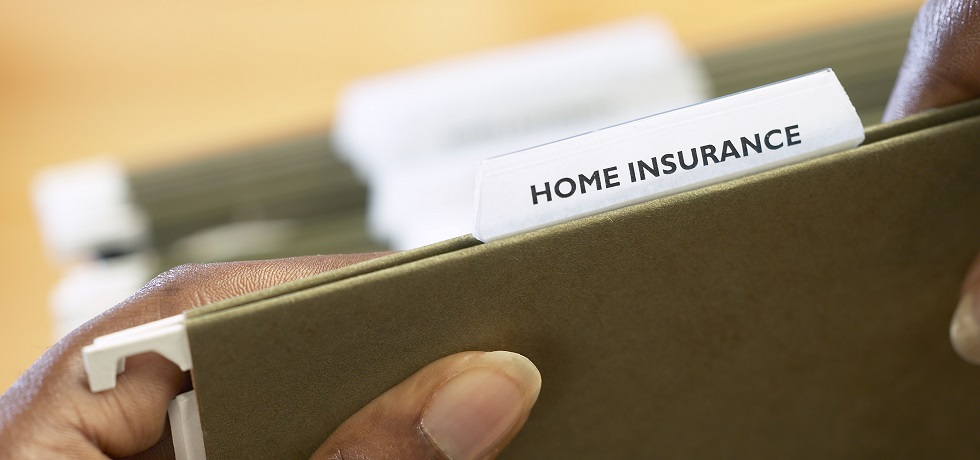When it comes to most types of insurance, premiums are based on assessments of risk. It’s no different for home insurance. The insurer will base premiums on what you do for a living, how you appear to live, where you live, the value of your possessions, and even your personal characteristics. For instance, if your home is in a coastal region that is considered liable to be struck by a tropical storm or if you live in an urban area where theft and break-ins are commonplace, your insurance company is going to take all that into account when determining your premium. Luckily, it doesn’t necessarily mean that you’ll have to pay more. The “price” of a particular risk varies from company to company, so doing your homework pays in this case. In addition, insurance companies are highly competitive, which means you can often find savings if you try.
Valuing Your Home
The first thing you need to do when shopping for homeowner’s insurance is to figure out how much your home is worth. Or, more precisely, you’ll need to know what it’s going to cost to replace your home in the event that it is destroyed. The best way to figure this out is to go to a local builder, who is going to help you to understand everything from the cost of building a home in your neighborhood, to the specific costs associated with your home. You should be willing to pay a building company to have a contractor tour your home and provide you with an estimate. You’ll be better off opting for someone who regularly builds custom homes, as he or she will have a more comprehensive knowledge of the materials used in your home. Ensure that the contractor takes into consideration any special or unique features of your home that you would want replicated if you were to rebuild. If not, the estimate may not account for these things.
Finding Coverage
Home insurance policies vary extensively from provider to provider. For single family homeowners, the most popular policy is HO-3, which may be otherwise known as the special policy. This policy provides insurance against most disasters, except floods, earthquakes, nuclear accidents, and warfare. You will want to request deep coverage that covers most or the entire cost of replacing your home. If you only ensure 90%, you are making the assumption that your home will never be completely destroyed – opt for 100% coverage if you’d like to play it safe. Insurance also covers the contents of your home, including electronics, furniture, and other items. However, companies usually only offer between 50 and 75% coverage on this front.
Purchasing Guarantees
Along with the policy, insurance companies offer homeowners what are called “guarantees.” A traditional guarantee is a promise from the company to fund the rebuilding of your house even if it amounts to more than the figures on the policy you originally identified.
This is done in the case that the cost of labor or building materials skyrockets following a widespread disaster. Some insurance companies now cap this guarantee at 125% of the limits you identified. If possible, try to find a company that doesn’t use a cap.
